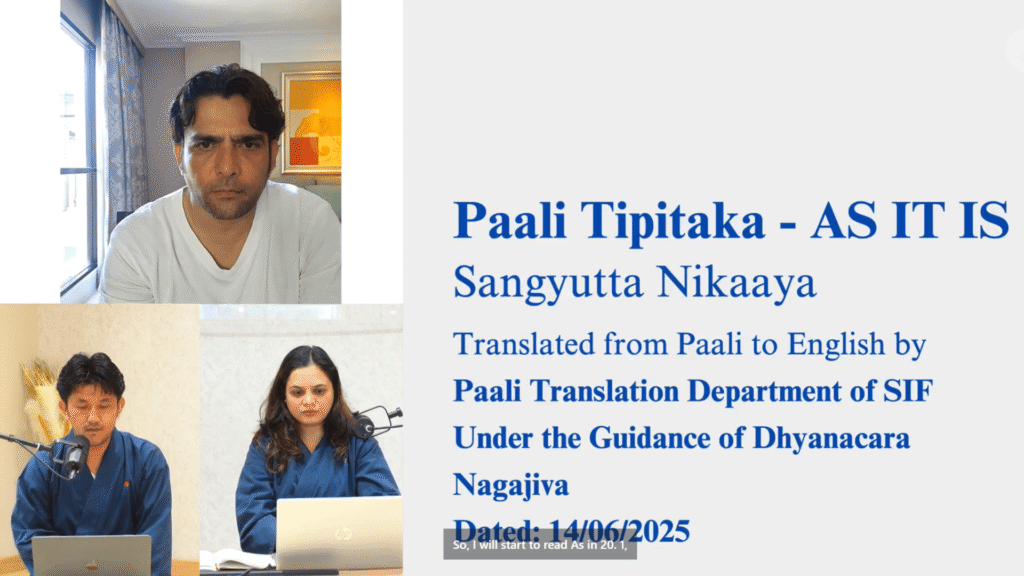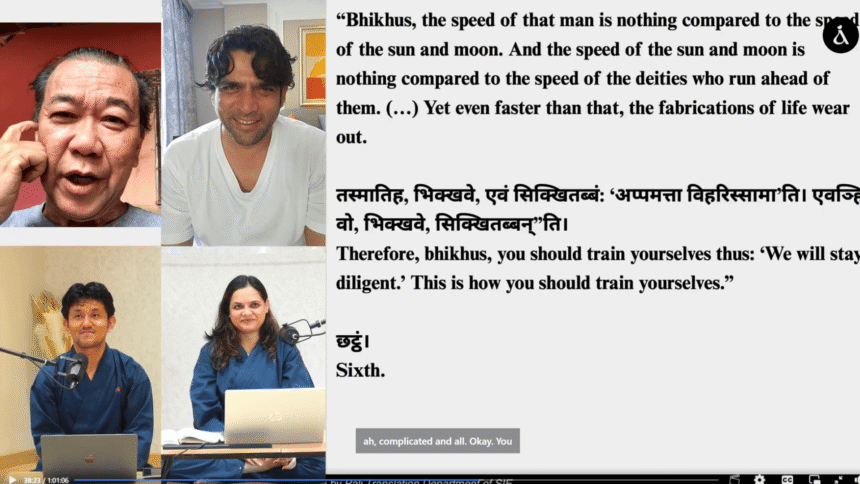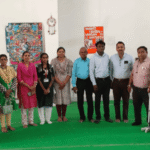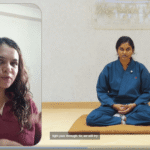On June 14th, it was a privilege to explore Sanyutta Nikaya 20.1 under the insightful guidance of Dr. Savera, who skillfully illuminated one of the most profound analogies in the Buddha’s discourses: the image of a peaked house. In this sutta, the Buddha offers a vivid metaphor that brings to light the root cause of unwholesome mental states—ignorance.
The Peaked House Analogy
The Buddha said:
“Bhikkhus, just as in a peaked house, all the rafters are joined to the peak, slope towards the peak, and converge at the peak—so too, all unwholesome states are rooted in ignorance, converge upon ignorance, and are dismantled when ignorance is dismantled.”
This powerful analogy shows that just as every beam in a peaked house leans on the central ridgepole, all defilements—craving, anger, delusion—are upheld by ignorance (avijjā). When that central support is removed, the structure of suffering collapses.
What Is Ignorance?
As Dr. Savera clarified, ignorance in the Dhamma is not simply not knowing facts. It is a deep, distorted view of reality—failing to recognize the three characteristics: impermanence (anicca), suffering (dukkha), and non-self (anattā). When caught in ignorance, we misperceive what is changing as permanent, cling to what cannot satisfy, and mistake what is not-self as “me” or “mine.” This fuels the entire cycle of dissatisfaction and rebirth.

The Role of Diligence
The Buddha concludes the sutta with a direct instruction:
“Therefore, bhikkhus, you should train yourselves thus: ‘We will dwell diligently.’”
Diligence (appamāda) is not just about effort—it is sustained, mindful, wise attention. As Dr. Savera emphasized, this kind of practice isn’t forceful but consistent. It includes daily mindfulness, reflection, contemplation of the Dhamma, and acting with awareness rather than habit. Each moment of clear seeing weakens the beams of ignorance.
Reflections for Daily Life
This teaching urges us to pause and ask:
Am I acting from clarity or reactivity?
What view am I holding onto in this moment?
What would this look like if I saw it through wisdom?
Such reflections help us dismantle our own inner structures of suffering, one thought at a time.
Conclusion
Sanyutta Nikaya 20.1 reminds us that all unwholesome states stand on the shoulders of ignorance. The more we understand this, the more committed we become to removing that central beam. With each mindful moment, each act of reflection, the house weakens—and we begin to experience the freedom that lies beyond its walls. As Dr. Savera shared, the work is steady and slow, but it is the path to lasting liberation.
📺 Watch the full teaching session here: https://www.facebook.com/drsavera/videos/1423271108704921/




